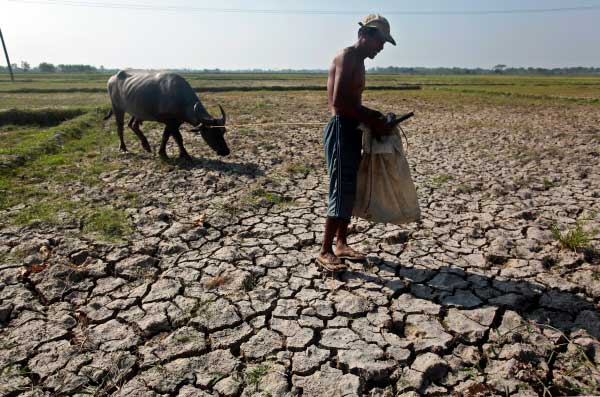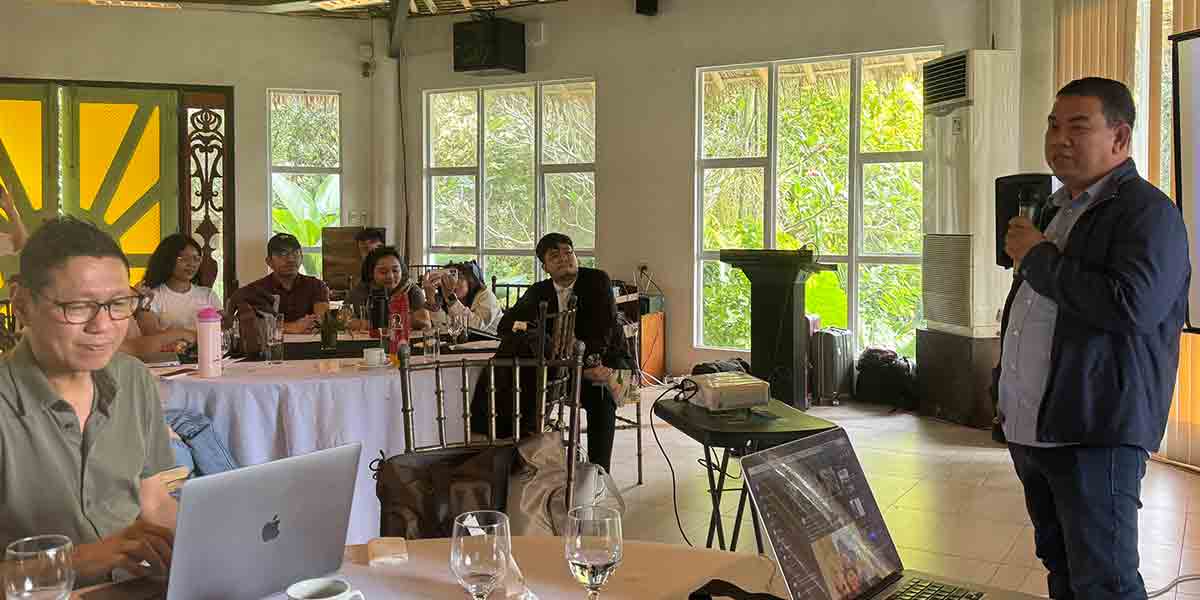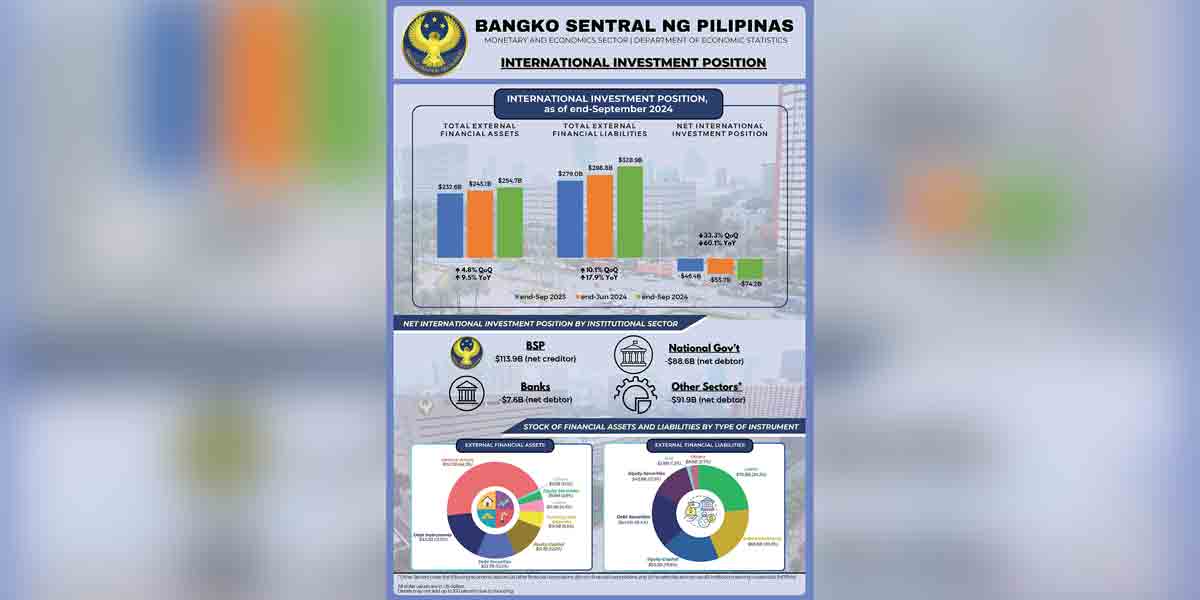
By Joseph Bernard A. Marzan
Iloilo is bracing for harsher conditions in the next three months as El Niño looms, prompting both the local government and Metro Iloilo’s water distributor to urge the public and the private sector to adopt water conservation measures.
Darwin Joemil Papa of the City Disaster Risk Reduction and Management Office (CDRRMO) briefed the local business sector on the impending situation, presenting rainfall data from the Philippine Atmospheric, Geophysical, and Astronomical Services Administration (PAGASA).
This data, which includes rainfall observations from September 2023 to January 31, 2024, and forecasts from February to July this year, suggests that Iloilo may experience drought conditions between April and May, with a return to normal expected by the end of June.
“Since January, we’ve already experienced significantly below normal rainfall. Drought conditions for Region 6, specifically Panay Island, will likely begin around April and May. PAGASA predicts that by May, with the onset of the monsoon season, we might see roughly 100 millimeters of rainfall,” Papa stated.
Iloilo was classified under ‘Dry Condition’ as of January 2024 and is projected to transition to ‘Dry Spell’ status by the end of February through March.
PAGASA’s system classifies ‘Dry Spell’ as two consecutive months of significantly below normal rainfall or three consecutive months of below normal rainfall, while ‘Dry Condition’ is defined as two consecutive months of below normal. ‘Near normal’ rainfall ranges between 81 to 120 percent of the average conditions.
Papa elaborated, “If February is the month of reckoning for El Niño status, that means in the preceding months of January and December, rainfall was below normal. For instance, if we were to expect 100 millimeters of rain for those months, we may have only received 50 to 70 millimeters. If such a reduction persists for two consecutive months, our area would be declared in a dry condition by the third month.”
Referring to the example, he emphasized that 100 millimeters of rainfall would be advantageous for the city, given its reliance on external water sources. “Even though it’s considered well below normal, it can significantly aid our water reservoirs, mitigating the risk since we rely on pumping and purification stations outside the city. Any reduction in water volume from upstream will compound effects on the city,” he explained.
WHAT ABOUT THE WATER?
Rothel John Chavez of Metro Pacific Iloilo Water (MPIW) confirmed that the current water supply levels are satisfactory.
As of February 20, MPIW data indicated an average daily supply of 71 million liters per day (MLD), above the critical threshold of 65 MLD. However, only 68 percent of the MPIW’s service area has consistent 12 to 24-hour water availability, while some areas have water for just 0 to 11 hours daily.
Chavez pointed out that with El Niño’s expected impact on river levels, water supply from bulk providers could be affected. “Right now, river levels, particularly the Tigum River, are normal, allowing for an average production of 71 to 73 MLD. But an intensified El Niño effect and decreasing river levels will impact the supply,” Chavez stated.
He urged sectors to practice responsible water usage and promoted conservation tactics, such as reusing grey water, placing filled bottles in toilet tanks for efficient flushing, and utilizing air conditioner water for washing and flushing.
MPIW is proactively coordinating with bulk water suppliers for alternative sources, reactivating pump stations, constructing additional wells, planning desalination plants, and considering water from the Jalaur River.
MPIW is also focused on pipe replacements to reduce system losses and improve leak response times.

















